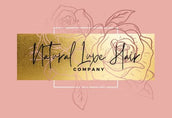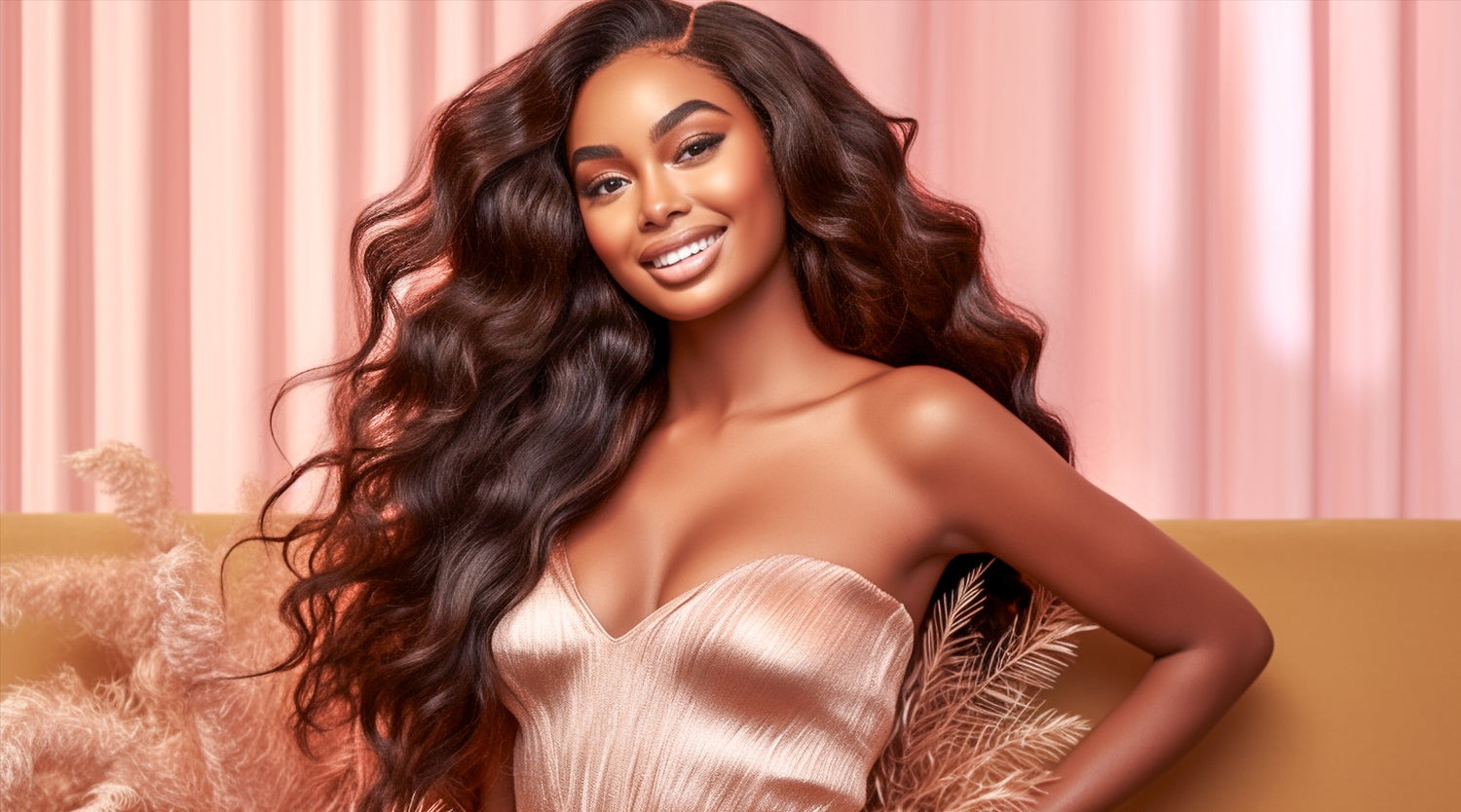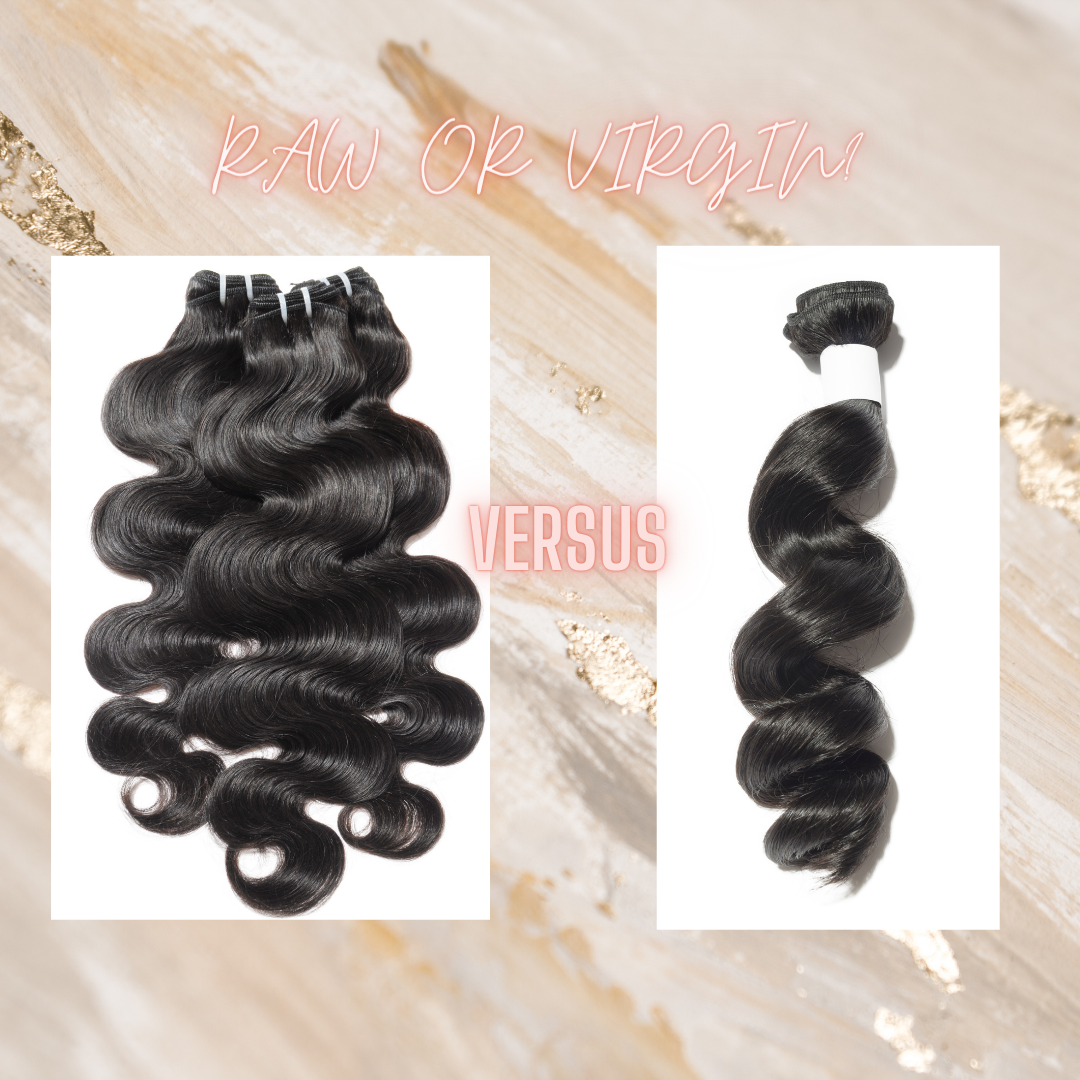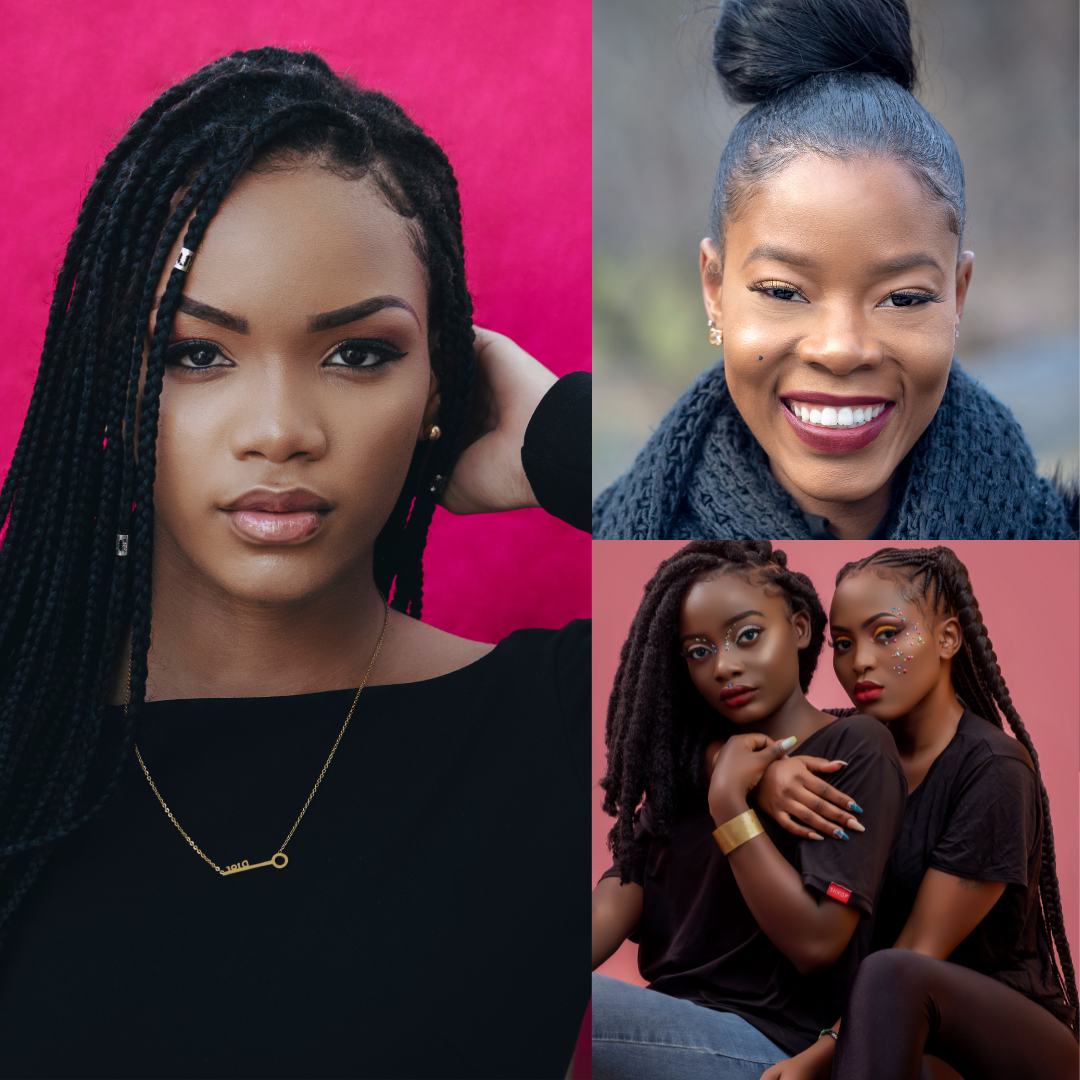For many Black women, the concept of "baby hair" is far more than just a collection of fine, wispy hairs along the hairline. It's a cultural identifier, a fashion statement, and for some, even a point of contention. But what exactly are we talking about when we bring up the baby hair dilemma? Is it really a dilemma at all? This blog aims to unravel the complexities and significance of baby hair within the Black community, examining its historical relevance, beauty standards, and the debate over its management.
Historical Roots
The styling of baby hair can be traced back to early African civilizations, where hair was an important indicator of one’s identity, including factors like age, ethnicity, and social status. Baby hair has since been a staple in African and African American communities, styled meticulously with gels or creams for various occasions, from everyday errands to red-carpet events. It serves as a nuanced language, conveying individualism and cultural pride.
Fashion Statement or Cultural Staple?
Baby hair has made its way into mainstream fashion, seen on celebrities and models of various ethnicities. However, it remains an integral part of Black hair culture. The styling techniques can range from simple to intricate, sometimes styled into elaborate patterns, laying down in 'waves,' or just subtly brushing down a few strands for a soft finish. Like an artist’s brushstrokes, the way one chooses to style their baby hair can be a deeply personal decision and a form of self-expression.
The Beauty Standard Complex
The subject of baby hair isn’t without its controversies. It intersects with broader conversations about beauty standards imposed on Black women. These include notions of 'good hair' and 'bad hair,' influenced by a history of racial bias and colonial ideals. For some, laying down baby hair is a way to conform to softer, more 'acceptable' aesthetics that align closer with mainstream beauty standards. On the other hand, many Black women style their baby hair as an act of resistance against these standards, reclaiming and celebrating their natural beauty.
To Keep or Not to Keep?
So, here lies the dilemma: to keep or not to keep the baby hair? Some argue that baby hair should be embraced and styled, serving as an act of self-expression and a nod to cultural history. Others contend that the obsession with baby hair, especially when it comes to children, may perpetuate harmful beauty standards, teaching young girls that their natural state is not 'good enough.'
Pros of Keeping Baby Hair
-
Cultural Connection: Styling baby hair can serve as a cultural touchstone, a way of connecting with one's roots and community.
-
Self-Expression: Just like choosing a hairstyle or an outfit, styling your baby hair allows you to express your individuality.
Cons of Keeping Baby Hair
-
Conforming to Beauty Standards: The act can be seen as succumbing to societal pressures that dictate what is considered 'beautiful.'
-
Time-Consuming: The meticulous nature of laying down baby hair can sometimes be time-consuming, becoming a task rather than an act of love.
Conclusion
The baby hair dilemma is layered, entrenched in history, beauty standards, and personal choice. There’s no right or wrong answer here; it is an individual decision that every Black woman has the autonomy to make for herself. The most important thing is to do what feels authentic to you. Whether you choose to lay those edges or let them roam free, the choice is a personal one, tied to your own sense of self and cultural identity.





